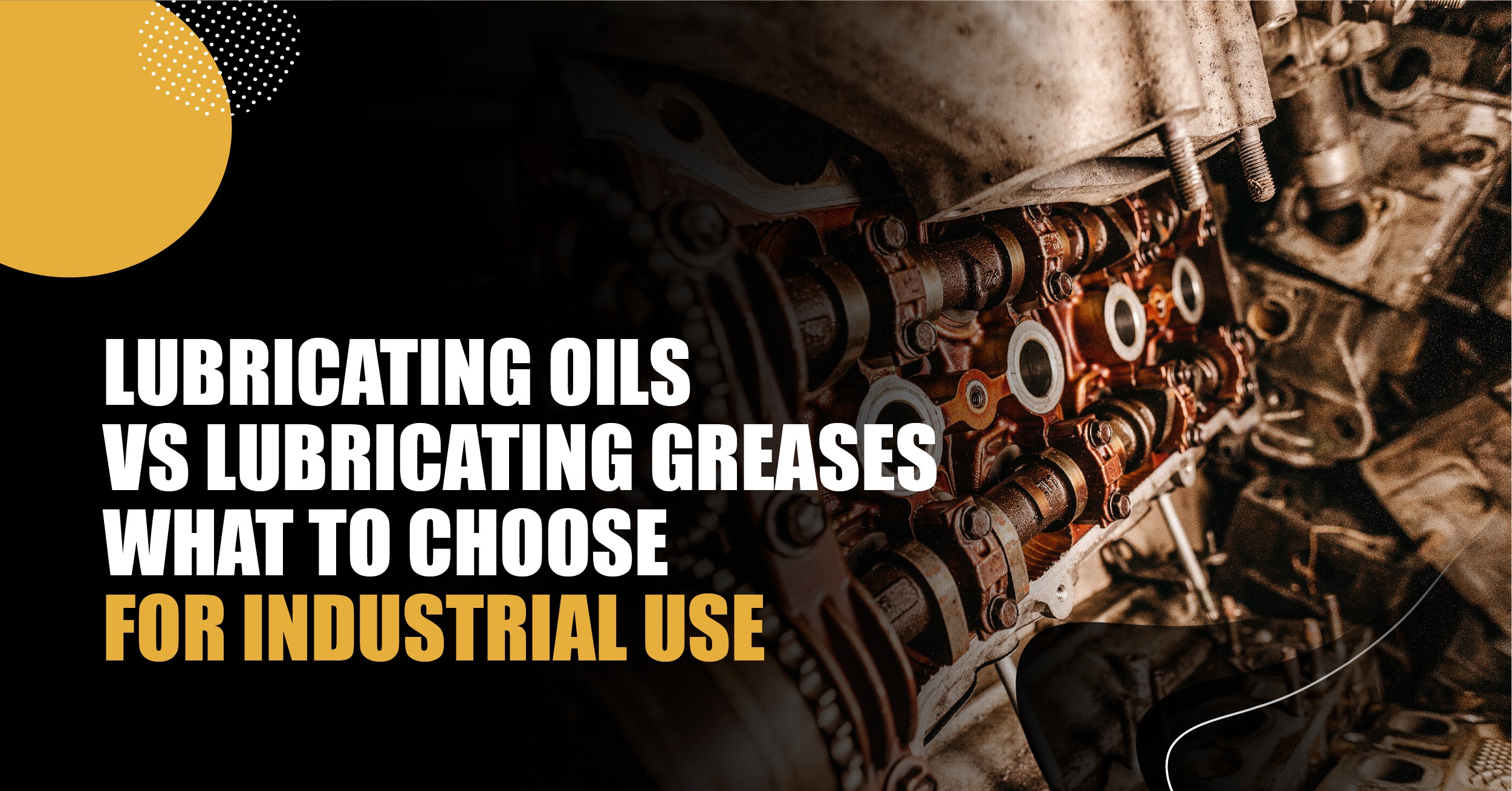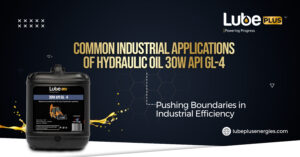Lubrication is a process of reducing friction and wear between moving parts of machines and equipment. Lubrication also helps to prevent corrosion, rust, contamination, overheating and noise. Lubrication is essential for the performance, efficiency and longevity of industrial machines and equipment.
There are two main types of lubricants used in industrial applications: lubricating oils and lubricating greases. Both types of lubricants have their own advantages and disadvantages, depending on the specific requirements and conditions of the application. In this blog, we will compare lubricating oils and lubricating greases and help you choose the best one for your industrial use.
Lubricating Oils
Lubricating oils are liquids that flow easily and coat the surfaces of the moving parts. Lubricating oils can be classified into mineral oils, synthetic oils and biodegradable oils. Mineral oils are derived from petroleum and are the most common and economical type of lubricating oils. Synthetic oils are man-made and have superior properties than mineral oils, such as higher viscosity index, lower pour point, higher flash point and better oxidation stability. Biodegradable oils are made from natural sources such as vegetable oils or animal fats and are environmentally friendly.
The advantages of lubricating oils are:
• They provide a thin and uniform film of lubrication that reduces friction and wear.
• They have good cooling and cleaning properties that prevent overheating and contamination.
• They have low viscosity that allows them to flow easily and reach all the parts of the machine or equipment.
• They have low cost and easy availability.
The disadvantages of lubricating oils are:
• They have high leakage and evaporation rates that require frequent replenishment and increase maintenance costs.
• They have low resistance to water, dirt, dust and other contaminants that can degrade their quality and performance.
• They have low shear stability that can cause them to lose their viscosity under high pressure or temperature.
• They have high flammability that can pose a fire hazard.
Lubricating Greases
Lubricating greases are semi-solid or solid substances that consist of a base oil, a thickener and additives. The base oil provides the lubrication, the thickener holds the base oil in place and the additives enhance the properties of the grease. The most common types of thickeners are soap-based (such as lithium, calcium or sodium) and non-soap-based (such as clay, silica or polyurea). The most common types of additives are antioxidants, anti-wear agents, corrosion inhibitors and extreme pressure agents.
The advantages of lubricating greases are:
• They provide a thick and stable film of lubrication that reduces friction and wear.
• They have good sealing and adhesive properties that prevent leakage, evaporation and ingress of contaminants.
• They have high viscosity that allows them to withstand high pressure or temperature without losing their consistency.
• They have low flammability that reduces the fire risk.
The disadvantages of lubricating greases are:
• They have poor cooling and cleaning properties that can cause overheating and accumulation of dirt.
• They have high resistance to flow that makes them difficult to apply and distribute evenly.
• They have high cost and limited availability.
What to Choose for industrial use?
The choice between lubricating oils and lubricating greases depends on several factors, such as:
• The type, size, speed, load, temperature and environment of the machine or equipment.
• The frequency, duration, method and cost of lubrication.
• The performance, efficiency, reliability and safety of the machine or equipment.
As a general rule, lubricating oils are preferred for applications that require:
• High speed, low load or low temperature.
• Good cooling or cleaning properties.
• Easy application or distribution.
• Low cost or maintenance.
Examples of such applications are bearings, gears, chains, compressors, turbines, pumps and hydraulic systems.
Lubricating greases are preferred for applications that require:
• Low speed, high load or high temperature.
• Good sealing or adhesive properties.
• High resistance to pressure or temperature.
• Low leakage or evaporation.
Examples of such applications are couplings, joints, slides, cams, valves, seals and electric motors.
Conclusion
Lubricating oils and lubricating greases are two main types of lubricants used in industrial applications. Both types of lubricants have their own advantages and disadvantages, depending on the specific requirements and conditions of the application. To choose the best type of lubricant for your industrial use, you need to consider several factors such as the type, size, speed, load, temperature and environment of the machine or equipment; the frequency, duration, method and cost of lubrication; and the performance, efficiency, reliability and safety of the machine or equipment.
If you are looking for high-quality and reliable lubricants for your industrial use, you should consider LubePlus energies. LubePlus energies is a leading brand that offers a large range of automotive and industrial lubricants that suit different types of machines and equipment, engines and driving conditions. LubePlus energies lubricants are designed to provide optimal lubrication, protection and performance for your machines and equipment. LubePlus energies lubricants are also cruelty-free, vegan-friendly and eco-friendly.
LubePlus energies is the best choice for your industrial lubricants. Try it today and see the difference for yourself.






